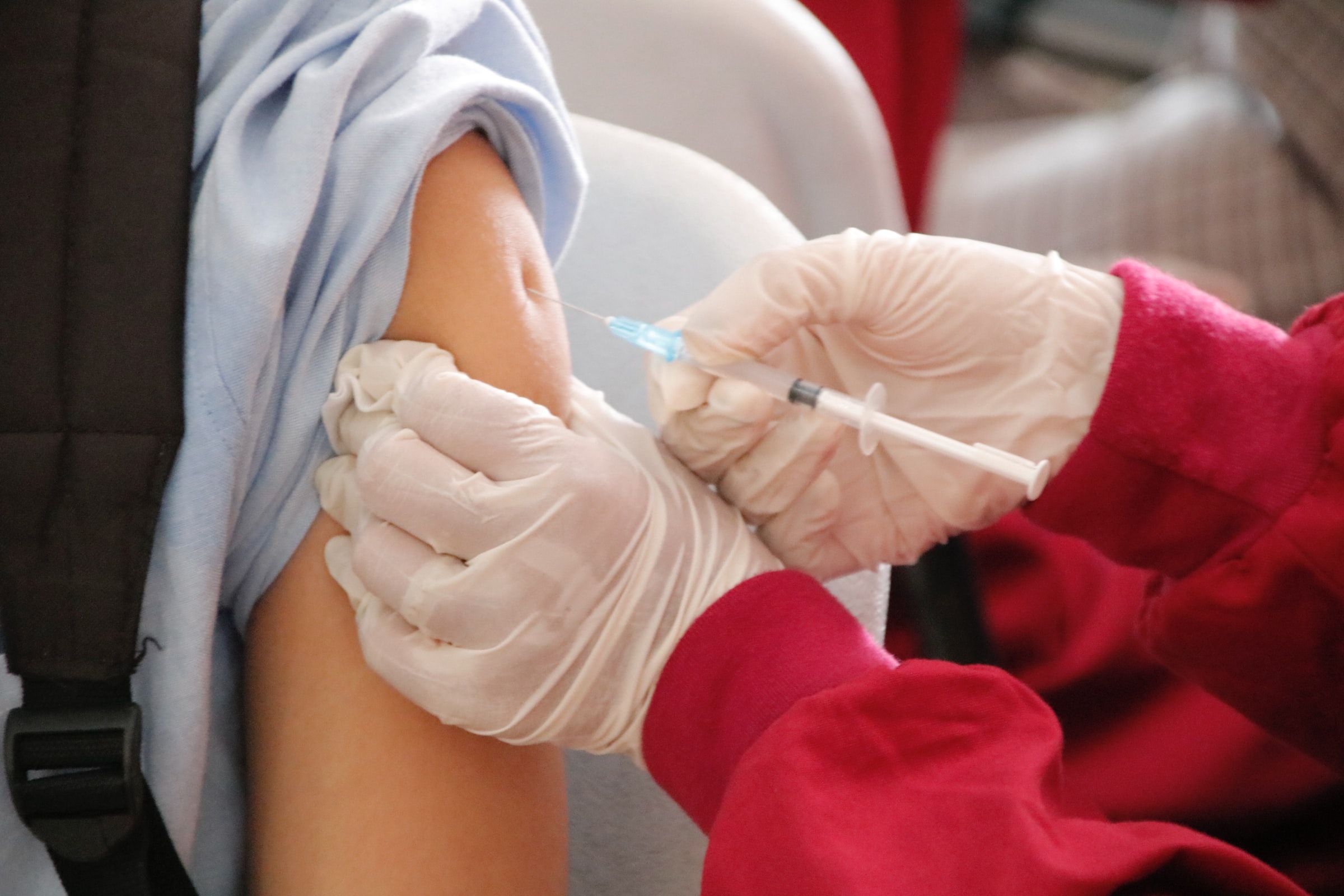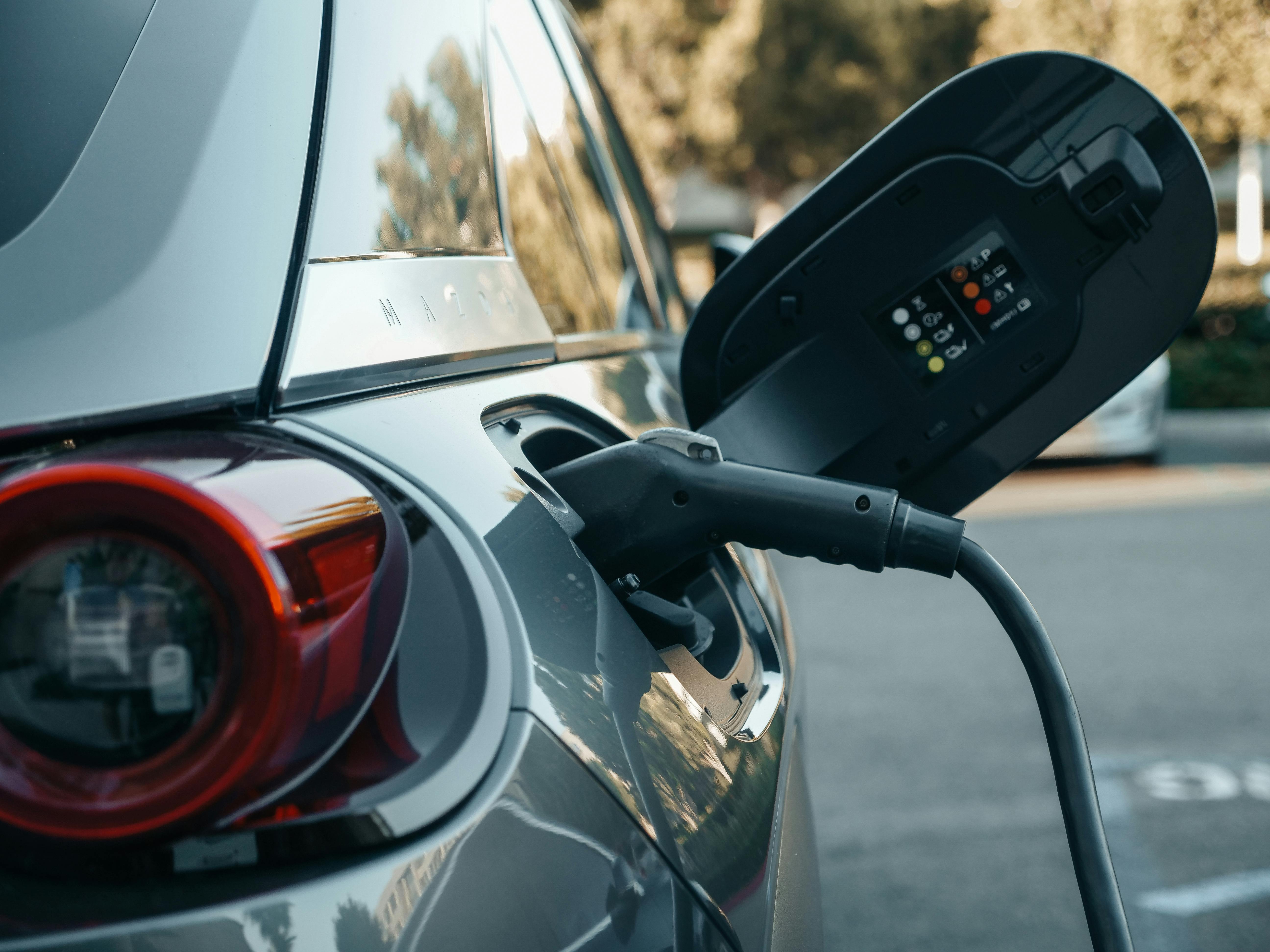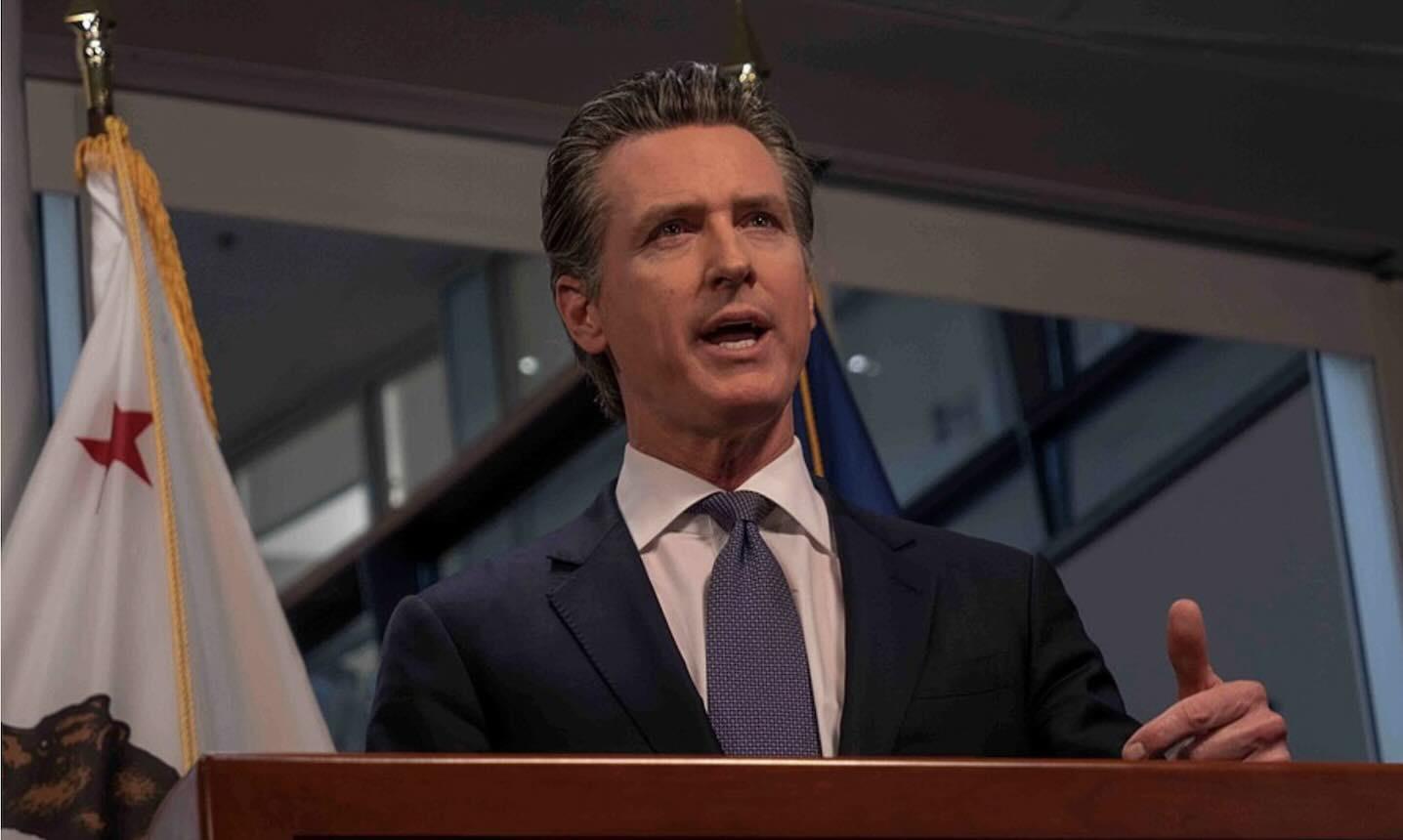
SACRAMENTO – With the U.S. Food and Drug Administration (FDA) authorizing the Pfizer-BioNTech COVID-19 vaccine for boosters for those over the age of 65 and high-risk individuals, Governor Gavin Newsom today released a COVID-19 Vaccine Action Plan that outlines how the state will be able to immediately begin administering doses to eligible Californians, continue our equity-centered focus on eligible but unvaccinated individuals, and expand operations once more Californians are eligible.
“California continues to lead the nation in both vaccines administered and low case rates. Vaccines work. They are safe, effective, and are how we end this pandemic,” said Governor Newsom. “We fully support our federal partners’ determination to provide boosters, and California has built the necessary infrastructure to mobilize such vaccine distribution – all to help protect the health and well-being of Californians.”
Developed in concert with local partners and providers statewide, the Newsom Administration is working to leverage the existing vaccine infrastructure to connect eligible Californians with local providers who can administer the vaccine. To provide more insight into the plan, California Health and Human Services Secretary Dr. Mark Ghaly is giving a press briefing this morning.
California’s vaccine action plan outlines scenarios to ensure the state and partners can meet expected demand for boosters. The plan also ensures the state’s readiness to administer vaccines to Californians under age 12, which is anticipated as early as next month.
“California’s top priority remains to keep everyone as safe and healthy as possible, with vaccines being key to ending this pandemic,” said California Health and Human Services Secretary Dr. Mark Ghaly. “Along with boosting protection to those that need it and proactively reaching out to newly eligible individuals, the state will continue to focus much of our vaccination efforts on reaching the unvaccinated and encouraging them to get vaccinated to keep themselves and their community safe.”
The state’s MyTurn.ca.gov platform is ready to launch its booster eligibility screener and appointment finder to connect Californians to walk-in vaccine locations and appointments near them. The site will also send text message alerts to Californians when eligible for a booster to ensure people know their options. The MyCAVax vaccine ordering tool is updated to allow providers to order the supply they need to meet the expected demand for these additional doses. California is fortunate to have enough supply of Pfizer-BioNTech vaccine and is ready to get doses to the providers that need them.
“California welcomes our federal partners’ efforts to provide Pfizer BioNTech boosters,” said California Department of Public Health Director and State Public Health Officer Dr. Tomás J. Aragón. “It also continues to be incredibly important that unvaccinated Californians get vaccinated as soon as possible to protect both themselves and their loved ones. As part of the long-established, multi-step process CDPH follows for every COVID-19 vaccine related decision, we will take recommendations from the Centers for Disease Control and Prevention (CDC) Advisory Committee on Immunization Practices (ACIP), and the Western States Scientific Safety Review Workgroup on administrating booster doses before taking action. CDPH is working with local partners and health care providers to ensure California is ready to immediately begin administering booster doses eligible Californians once these recommendations have been made.”
The state also has been undertaking a robust coordination effort to ensure partners are prepared and have the capacity to administer boosters and vaccines to children under age 12. This includes ongoing conversations with health plans and statewide pharmacy chains about potential partnership opportunities, as well as upcoming trainings for medical providers to ensure they have the information and resources they need. CDPH is also working closely with schools on opportunities to vaccinate children under the age of 12 when they become eligible. California and our local health partners are also continuing to identify ways the state can support them as they roll out more localized vaccine administration plans. n







